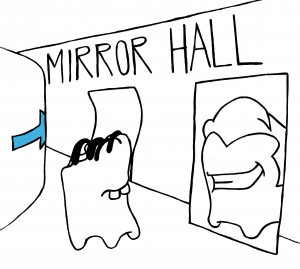Not everyone was blessed with perfectly aligned and sparkly whites. Many people face different problems with their teeth as there are many factors that can affect their health – poor oral hygine being the most common one. Luckily, with the great advancements in the world of cosmetic dentistry, there is a solution to almost every condition.
One of the most commonly performed procedures in cosmetic dentistry is certainly placing porcelain teeth veneers. These are custom-made ceramic thin shells designed to cover the front surface of teeth to enhance their appearance.
Veneers are recommended as a solution for people who have chipped, cracked, misaligned or have gaps between their teeth. Some of the criteria you need to fulfill to be a suitable candidate for porcelain teeth veneers are good overall health, proper oral hygiene and a sufficient amount of healthy enamel. Once your dentist determines you’re a suitable candidate, it is time for you to undergo the procedure. Take a look at the steps of which it consists.
- In order for the teeth to be treated, the dentist removes a fine layer of the enamel. How much enamel will be removed depends on your individual needs and the type of veneers you want. Generally, 5-7mm of enamel is removed from.
- The next thing to do is take impressions of the teeth. This is usually done by placing soft putty into a tray. As the tray rests in the mouth, it hardens around the teeth. After that, the dentist sends these impressions to a dental laboratory.
- Since it takes some time (1-2 weeks) utnil your porcelain veneers are ready, the dentist may provide you with temporary veneers. This is mainly done because sometimes patients do not like the way their smile looks like after their teeth’s enamel has been removed. Plus, they are also used for protecting the underlying dentine and for preventing sensitivity.
Veneers can be made from different types of ceramic:
- pressed ceramic – these veneers are quite strong, but are generally thicker than the other types.
- stacked ceramic – this material enables the ceramist to shape the veneers in the most precize possible manner.
- lithium disilicate – a new type of porcelain that is so strong that even severe bruxers can be good candidates for veneers made from this material. Lithium disilicate veneers can be only created with CAD/CAM technology.
And the last aspect – the price. There is really no fixed price for veneers – their cost will mainly depend on how many teeth will be treated, the type of veneers you choose, as well as on the experience and reputation of the dentist.













You must be logged in to post a comment Login